The Good Work In Urban-Rural
A new course in Sweden asks, “what will a self-sufficient Hällefors Municipality taste like in 2030?” By turning ‘would-be-nice’ ideas into tangible prototypes, it turns ecological transition from an aspiration, into a practice. Included here: 20x emerging new livelihoods - from Edible Food Forests, to School-Farm Biocantines
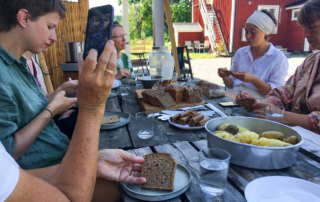
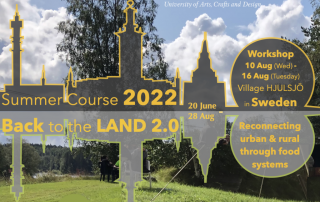
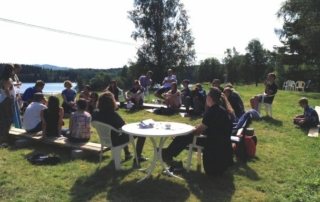
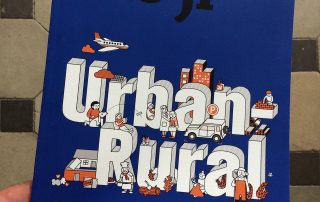
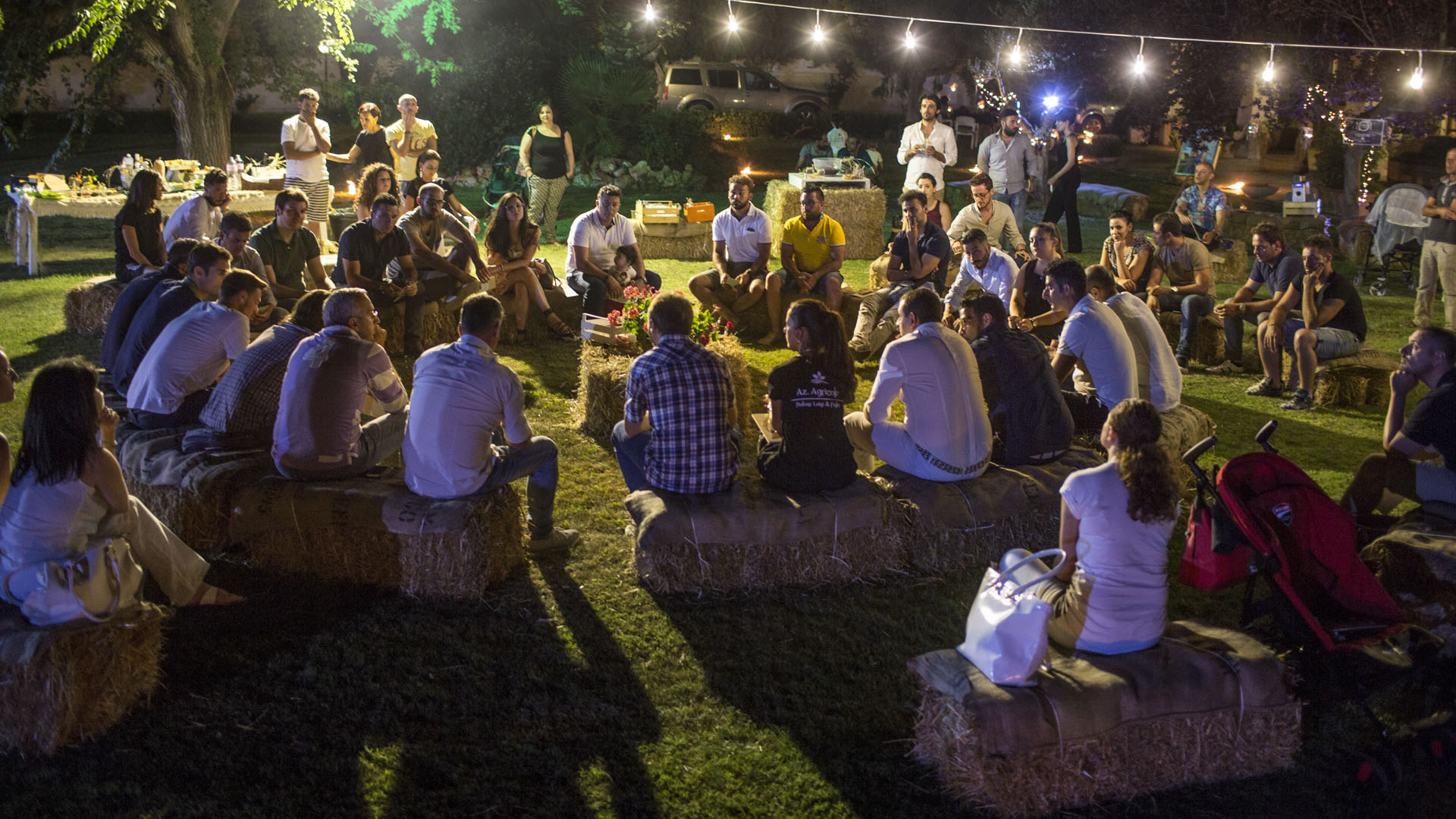
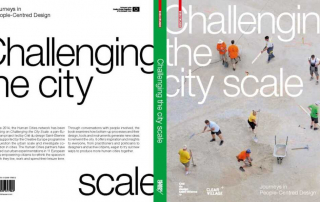
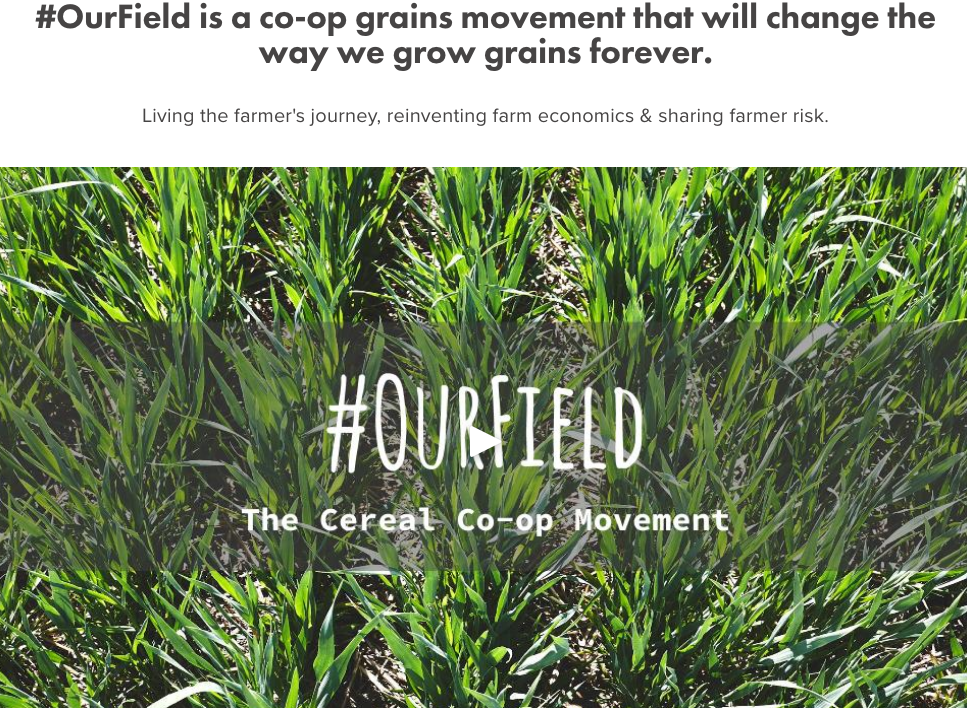

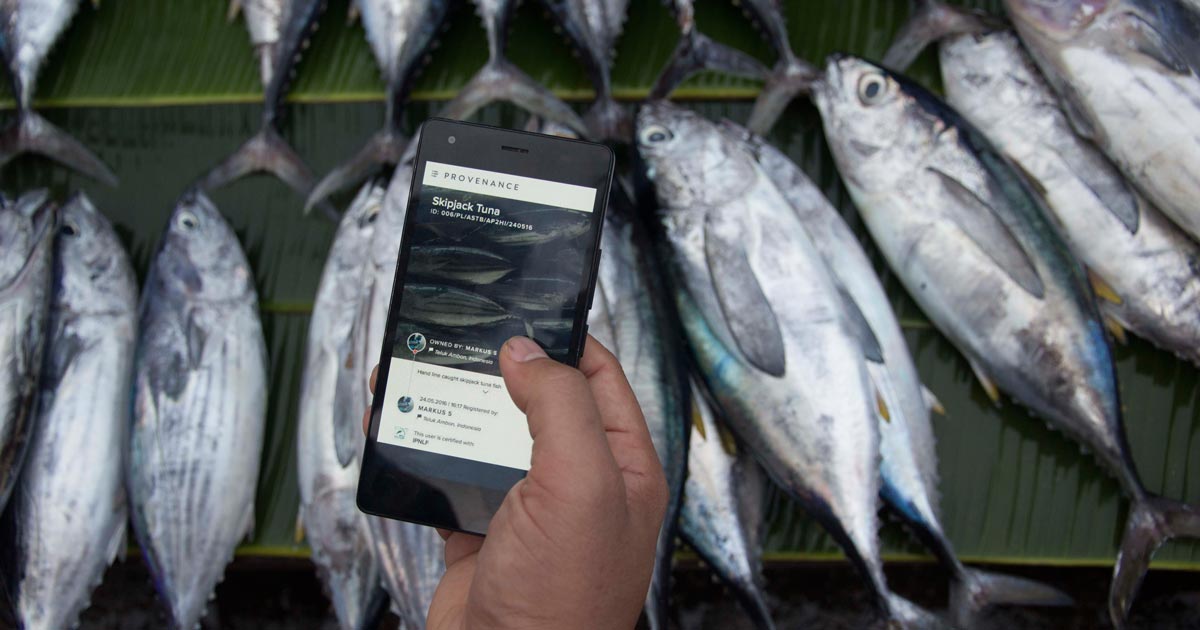




![[Helle Schou Pedersen]](http://www.doorsofperception.com/wp-content/uploads/2012/05/Helle-Schou-Pedersen-440x428.png)



















